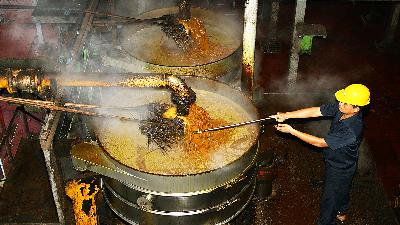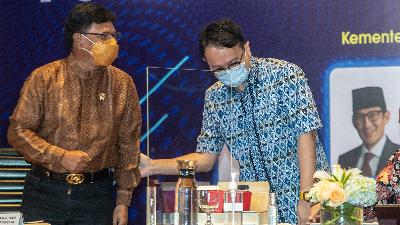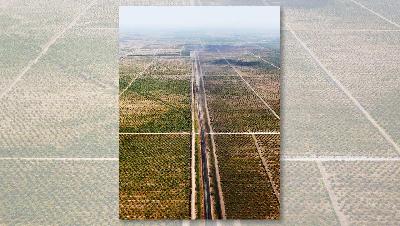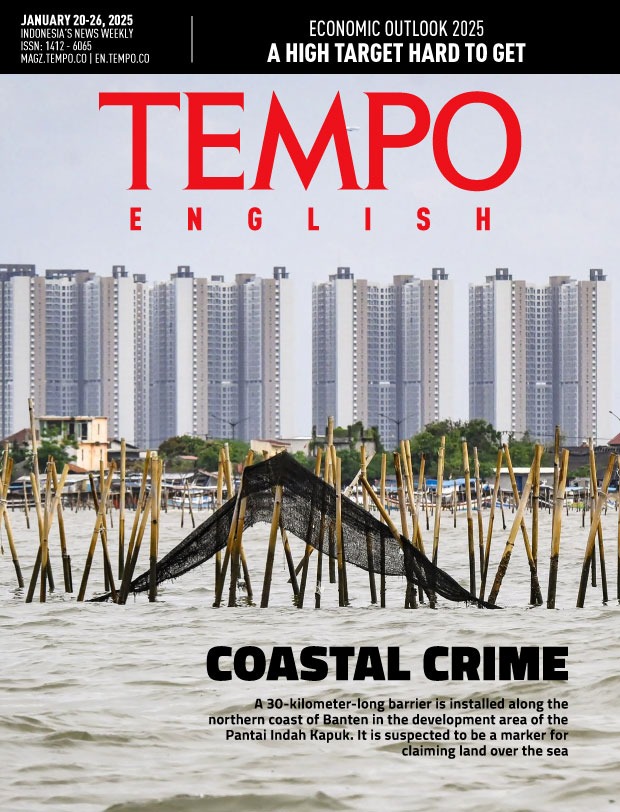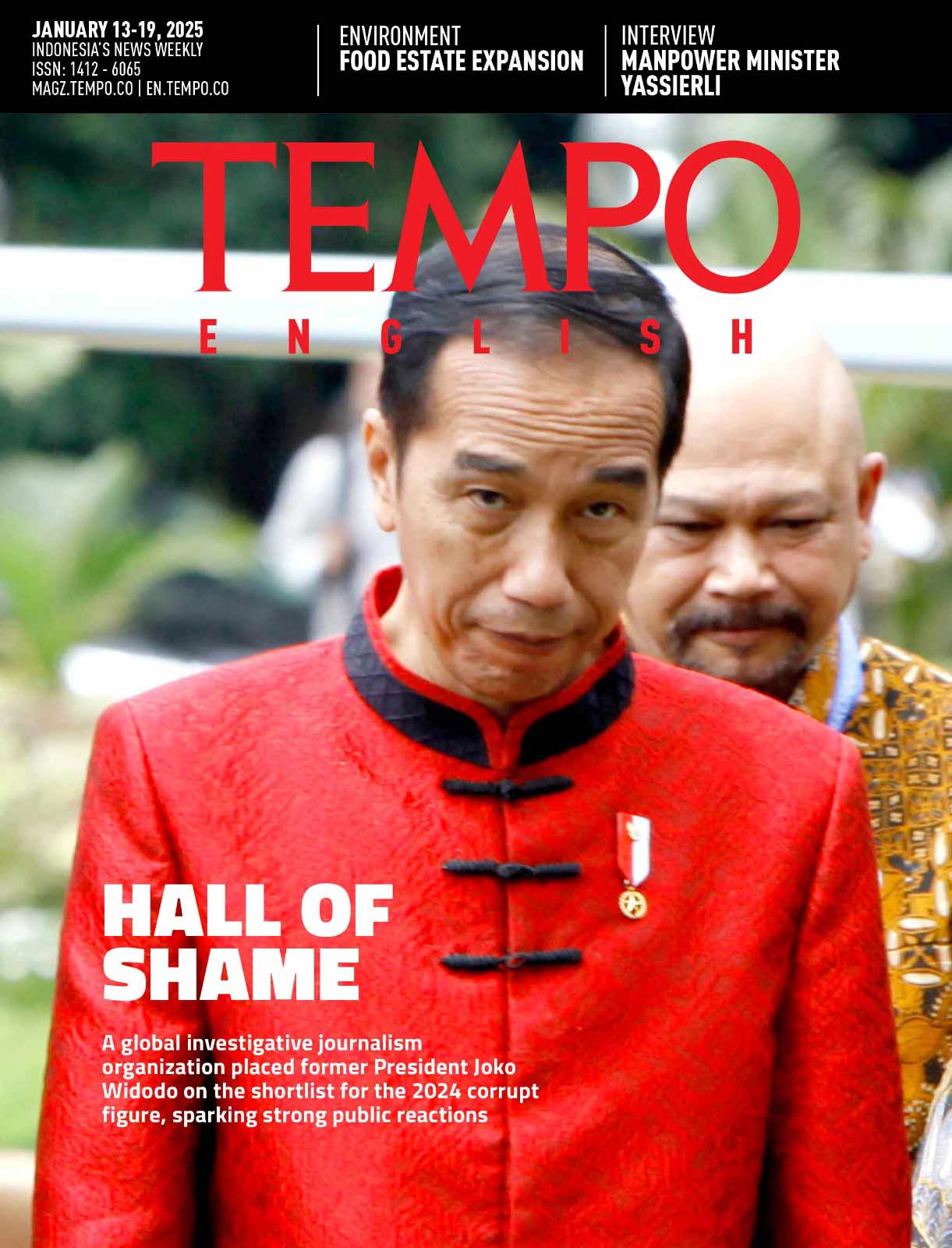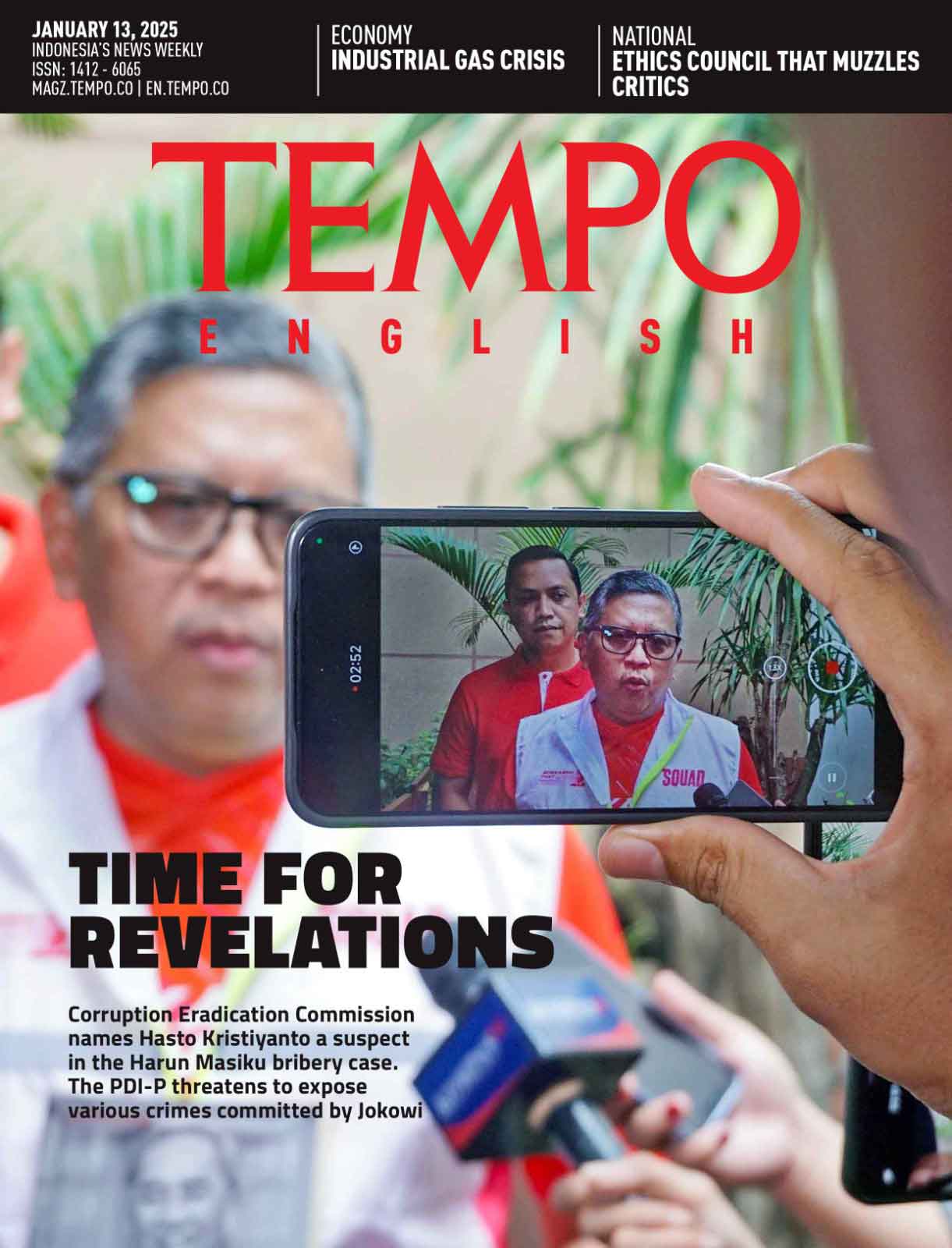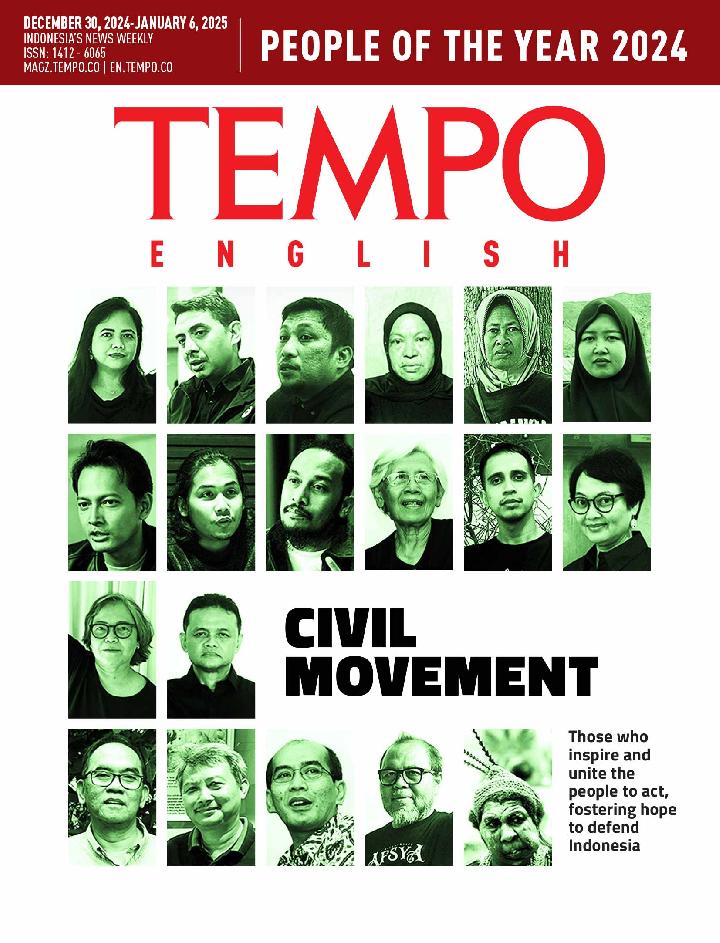Two-Tiered Palm Subsidies
Monday, April 11, 2022
Funds from the Oil Palm Plantation Fund Management Agency for the rejuvenation of oil palm plantations are being utilized by corporations and for palm plantations in forested areas.
arsip tempo : 173737793289.
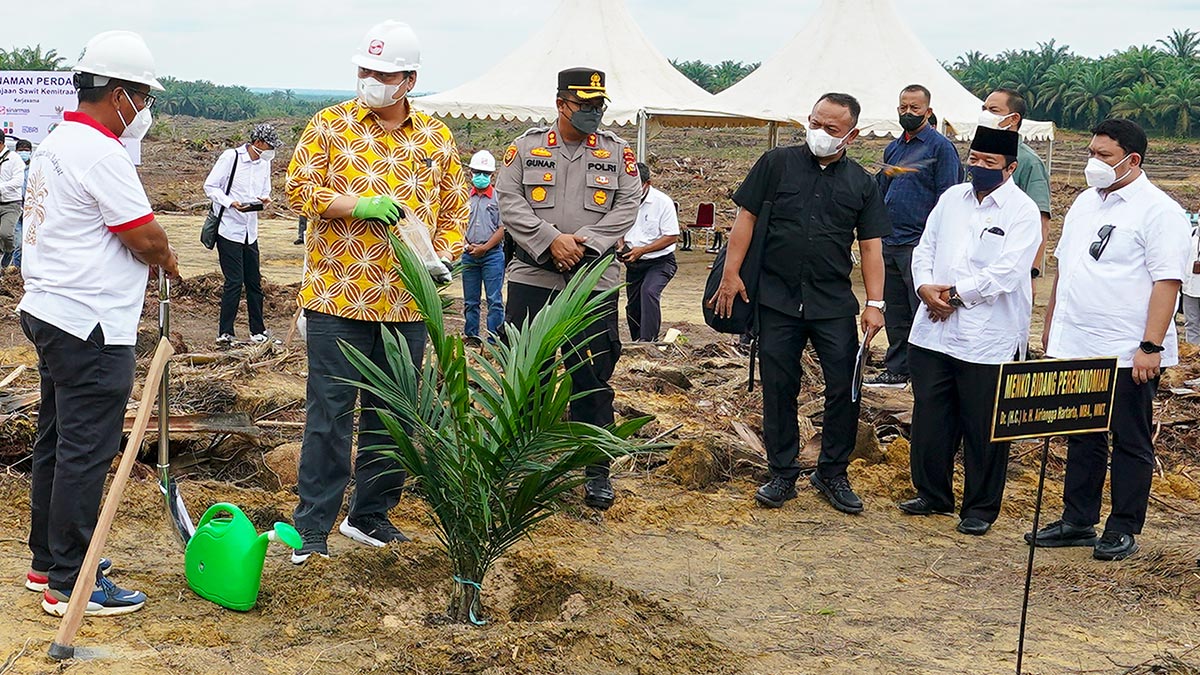
WHENEVER Abdur Ratik is invited to talk about his oil palm plantation, his thoughts immediately race to his Rp106 million (US$ 7,310.3) debt to Bank Mandiri and the People’s Palm Rejuvenation (PSR) program. The 61-year-old oil palm grower from the Bukti Harapan village, Siak, Riau, resigned to the fact that his debt compiles on a daily basis. “With interest it might reach Rp300 million,” he said in mid-March.
Ratik had to borrow money from a bank two years ago because the PSR subsidy funds from the Oil Palm Plantation Fund Management Agency (BPDPKS) were insufficient. The Bhakti Mandiri Cooperative received Rp9.6 billion (US$ 662,068.9) of those funds. There are 160 plantations in Bukit Harapan village which were eligible to receive those funds. Ratik received Rp50 million (US$ 3,448.3) to rejuvenate two hectares of a 30-year-old oil palm plantation. There are 385 hectares of oil palm trees in his village which needed to be replanted.
It came through debt, using a cooperation arrangement. The Cooperative cooperated with Inti Indosawit Subur, a subsidiary of the Asian Agri Group owned by business tycoon Sukanto Tanoto, which cuts down, provides seedlings for, and takes care of the palm trees until it is time for harvest after four years. For that work, companies set a payment of Rp122 million per hectare. Ratik was hard pressed to come up with such money.
The shortage should only have been Rp72 million (US$ 4,965.5). However, he had to put up his plantation certificate worth Rp106 million as collateral. “They said there was a price increase, who knows for what,” said this migrant worker from East Java.
Ricky Tanjung, an assistant for guidance on publicly-held plantations at Inti Indosawit Subur, said that planters only have to bear a cost of Rp45 million because the company gives a discounted price. In Ratik’s case, Ricky explained, there was a price increase because there was an obligation to pay bank interest. “If planters have Rp45 million in cash, they do not need to borrow,” he said.
Plantation operators like Ratik are not only found in this village. There are dozens of villages in Siak where the farmers end up stuck in debt after receiving PSR funds. Take Kumain village in Rokan Hulu as an example. Saud Maruli, Secretary of the Makarti Jaya Cooperative, said that the PSR funds are not enough. At least Rp100 million should be lent per two hectares, he said. “So that we do not have to worry about taking on debt,” said Saud. “Those subsidies are our money too. Funds for farmers.”
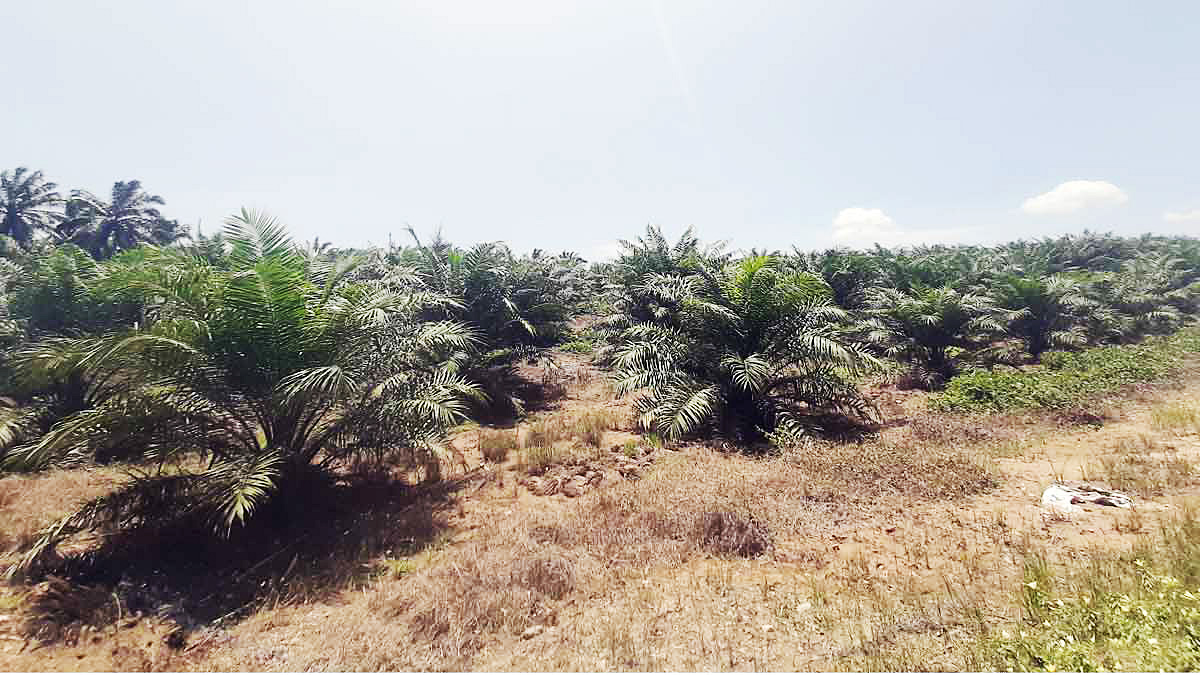
An oil palm plantation in the people’s oil palm rejuvenation program, in Siak, Riau, March 19. TEMPO/Erwan Hermawan
PSR funds come from levies on the export of crude palm oil (CPO). From 2016 to 2021, levies on the export of CPO reached Rp139.2 trillion. Those funds are managed by the BPDPKS, a public service agency under the finance ministry. Presidential Regulation No. 66/2018 regulates funds from levies that must be distributed for PSR and biodiesel subsidies.
The problem is, the BPDPKS puts more focus on subsidizing biodiesel because it is a national program. The recipients are oil palm conglomerates, as there are only about 10 companies which are capable of producing biodiesel. The subsidy for planters through the PSR is just Rp6.59 trillion, to rejuvenate 240,000 hectares of oil palm trees in Indonesia. According to an audit conducted by the Supreme Audit Agency (BPK), those funds were not fully utilized. Of the Rp2.3 trillion (US$ 158,6 million) of PSR funds in 2019, only 51.43 percent were utilized.
According to Mansuetus Darto, Secretary-General of the Oil Palm Farmers Union, PSR funds are minimal because growers do not have any representatives in the BPDPKS steering committee meetings, which are where the allocation of levies collected on oil palm exports is determined. “Everyone facilitates the interests of businesses, and none stick up for the interests of farmers,” said Darto on April 7.
Darto pointed out the participants in a BDPKS steering committee meeting who hailed from corporations, namely: Franky Widjaja from the Sinar Mas Group, Pung Kian Hwa from the Surya Dumai Group, Martua Sitorus from the Wilmar Group, and Arif Patrick Rachmat from the Triputra Group. Airlangga Hartarto, Chairman of the Steering Committee, appointed them as the meeting’s primary resource persons.
A representative from the Indonesian Oil Palm Farmers Association (Apkasindo) was present. Gulat Medali Emas Manurung is Apkasindo Chairman. However, he has 24 hectares oil palm plantation and could not represent small farmers such as Abdur Ratik. Sitting on the Board of Patrons are: Presidential Chief of Staff Moeldoko, Indonesia Palm Oil Board General Chairman Sahat Sinaga, and Suaidi Marasabessy.
Suaidi retired from the military and became director of Kutai Energi, a coal company owned by Toba Bara Sejahtra. This company is affiliated with Coordinating Minister for Maritime and Investment Affairs Luhut Binsar Pandjaitan.
With this composition, Mansuetus Darto is skeptical that PSR funds will increase this year. However, BPDPKS Chief Executive Officer (CEO) Eddy Abdurrachman plans to propose increasing PSR funds to Rp60 million per hectare on the consideration of higher fertilizer prices. “This is in the concept stage,” said Eddy.
Ali Jamil, acting Director-General for Plantations at the Ministry of Agriculture, said that PSR funds would be increased, but to Rp35 million per hectare, not Rp60 million. Even this measure is still being studied by experts.
Apkasindo Secretary-General Rino Afrino said that the main problem with the PSR is not the amount, but the lack of uptake. There is also the matter of the high number of oil palm plantations which are located in forested areas. Plantations in forested areas trigger illegal deforestation. “Many farmers fail to receive PSR funds for that reason, even if they have land ownership deeds,” he said.
Greenpeace Indonesia noted that of the 16.4 million hectares of oil palm plantation in Indonesia, 3.12 million hectares are located in forested areas. Gulat Manurung, for instance, has 140 hectares of oil palm plantations near the Tesso Nilo National Park in Riau. “The exact amount is 142 hectares, don’t cut it down,” he said with a chuckle.
According to Gulat, that plantation area belongs to 17 people. He has been planting oil palms in forested areas since 2007. “According to the regulation, we have to pay a fine,” he said. The regulation he was referring to is the Job Creation Law, which was issued in 2020. Article 110B of that law sets out administrative fines for plantations which clear forested area for planting oil palms.
According to Government Regulation No. 24/2021, said Gulat, the status of forested area less than five hectares is revoked when it is used for oil palm plantations. With this policy, he continued, the government no longer needs take issue with oil palms planted in forested areas when giving farmers PSR funds.
As it turns out, this is not the only problem with PSR funds. The BPK found that 71 farmers received double funds amounting to Rp1.7 billion (US$ 117,241.4) and their plantations were larger than 4 hectares in one family. “There should not have been double recipients,” said Ali Jamil. “The data was sent by the provincial government.”
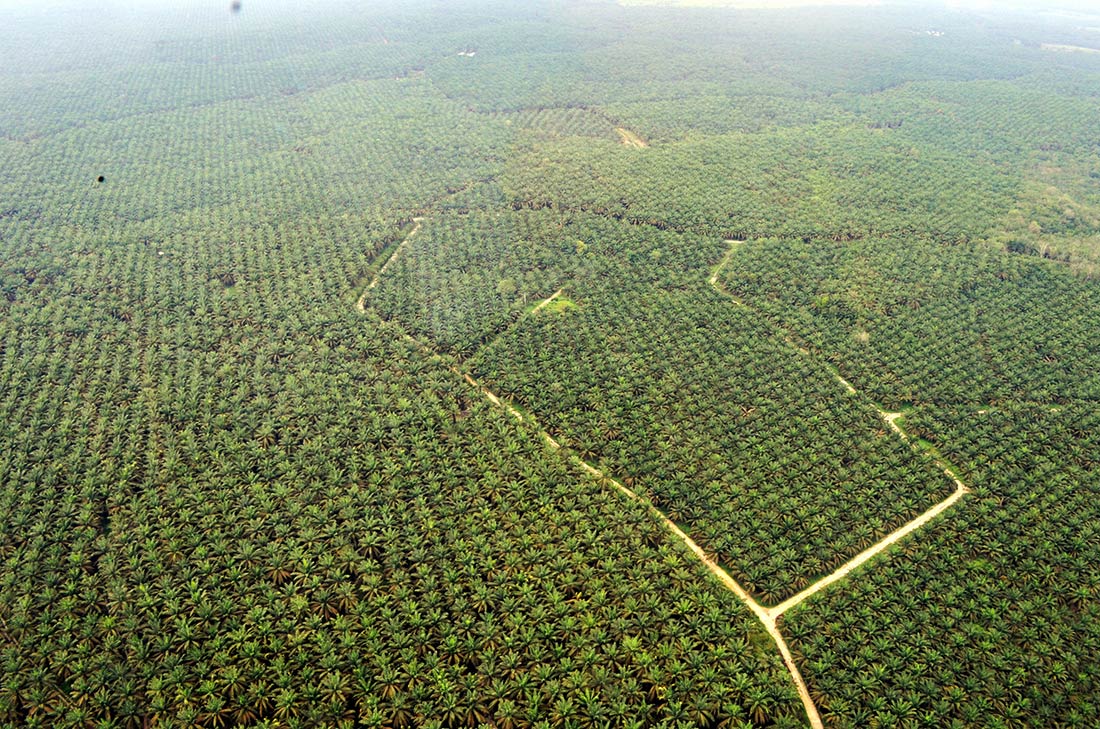
An aerial photo of an oil palm plantation owned by a private company in Pelalawan, Riau, February 2017. Deforestation rates continue to increase in Riau Province. TEMPO Doc./Riyan Nofitra
To resolve this issue and expedite the PSR program, the agriculture ministry of issued Ministerial Regulation No. 3/2022 in February. Hendratmojo Bagus Hudoro, Director of Annuals and Air Purifying Plants said that this regulation is a mandate from a BPDPKS steering committee meeting.
In that new regulation there is a path for partnerships with companies through a direct request to the BPDPKS for PSR funds, without having to go through the regional government. The surveyors appointed by the BPDPKS verify the field data on the farmer’s oil palm plantation. According to Mansuetus Darto, this mechanism would instead lead to double transfers to farmers. The management of funds for farmers at the province level is still in disarray.
Aside from the complicated nature of PSR fund administration, Abdur Ratik is concerned about his future. Since his oil palm plantation has been rejuvenated, he has to rely on just 50 oil palm trees which were planted in the yard at his home in order to provide for his family. On top of that, he must pay loan installments to the bank. “This is the fate of small farmers,” he said.




